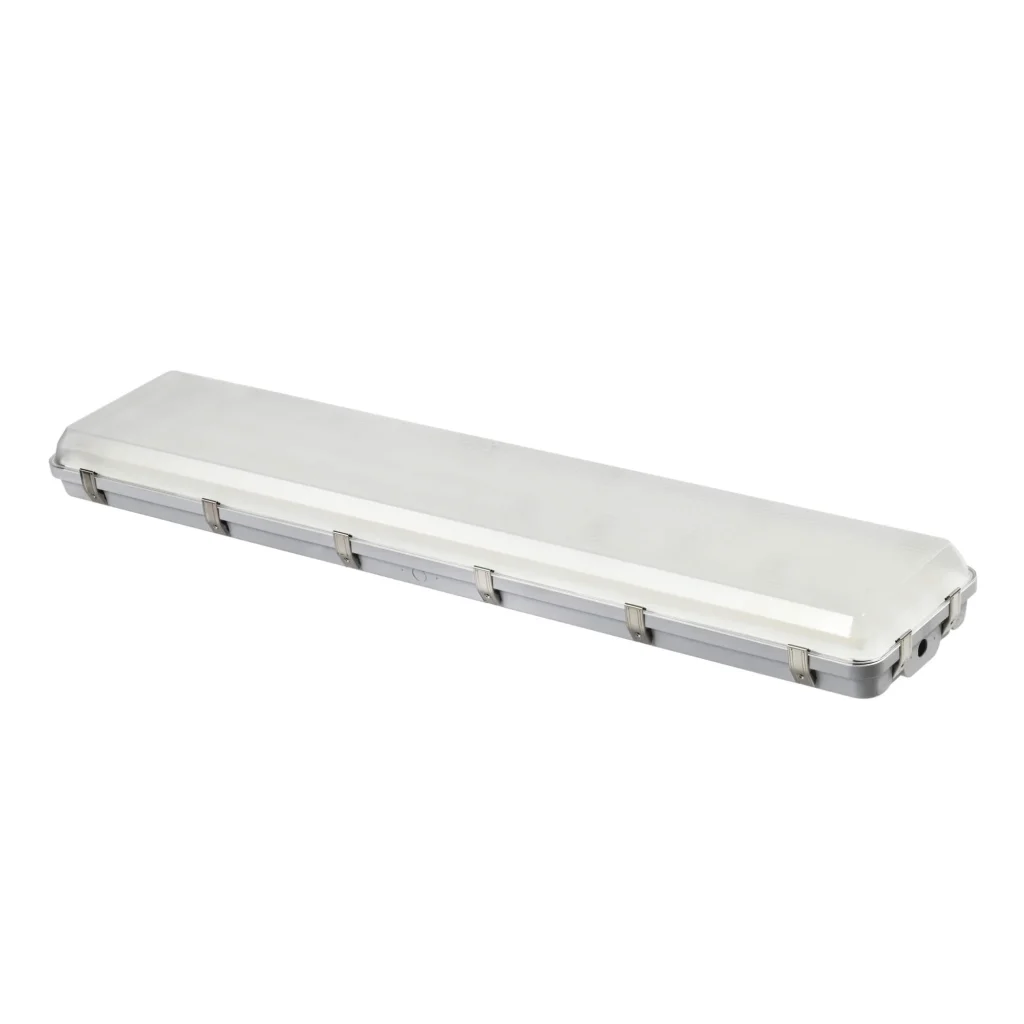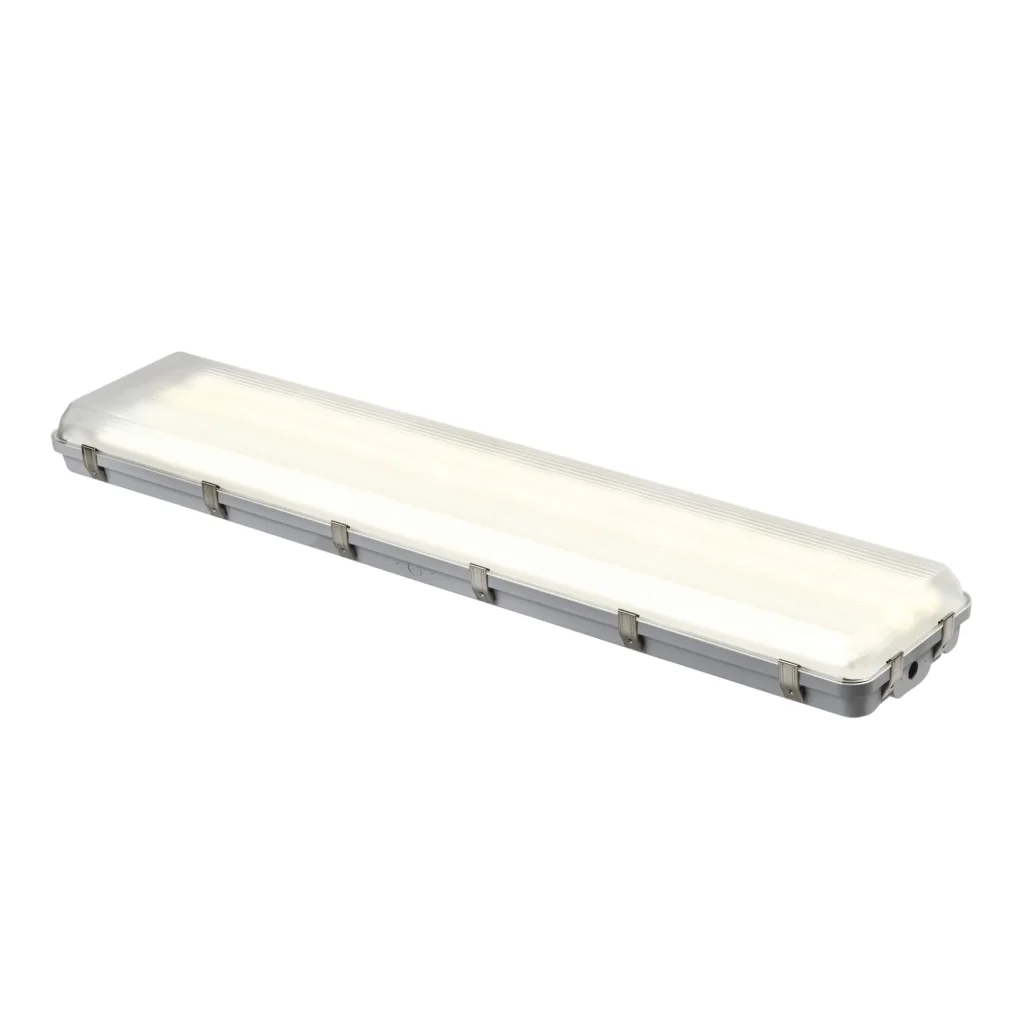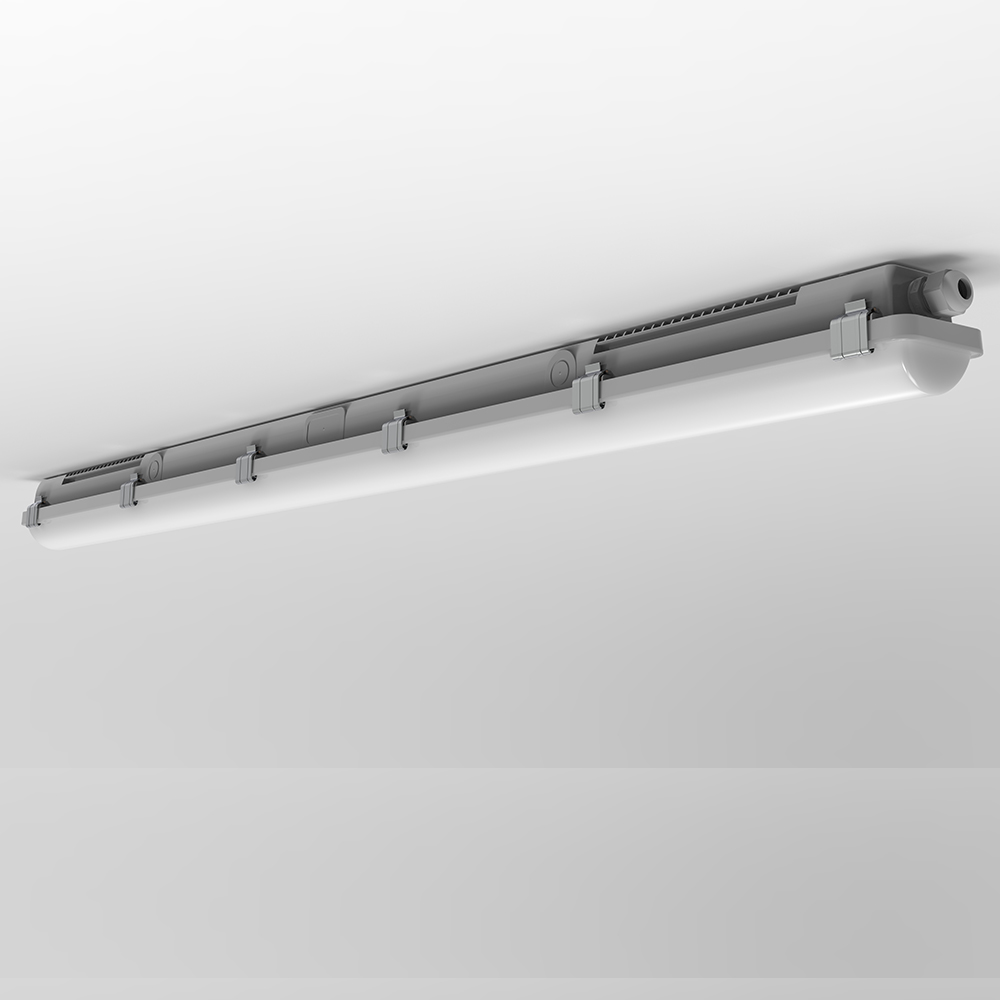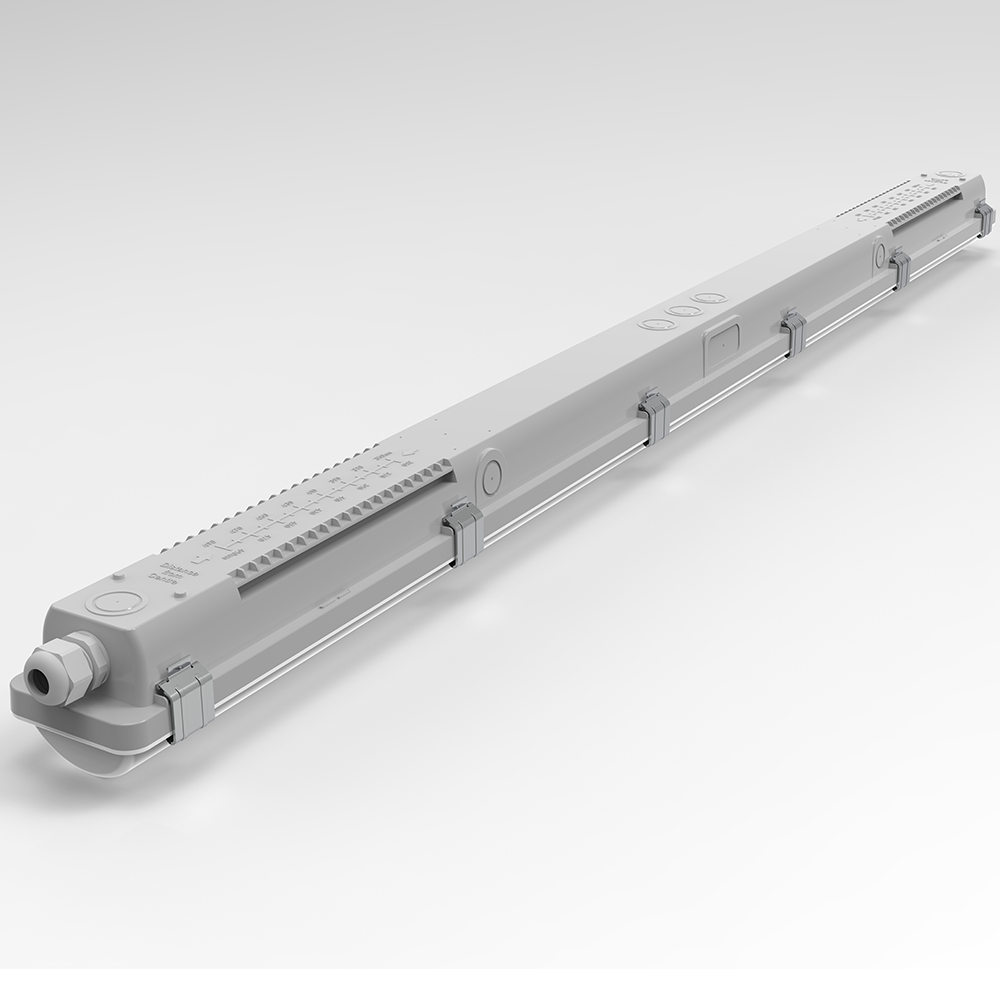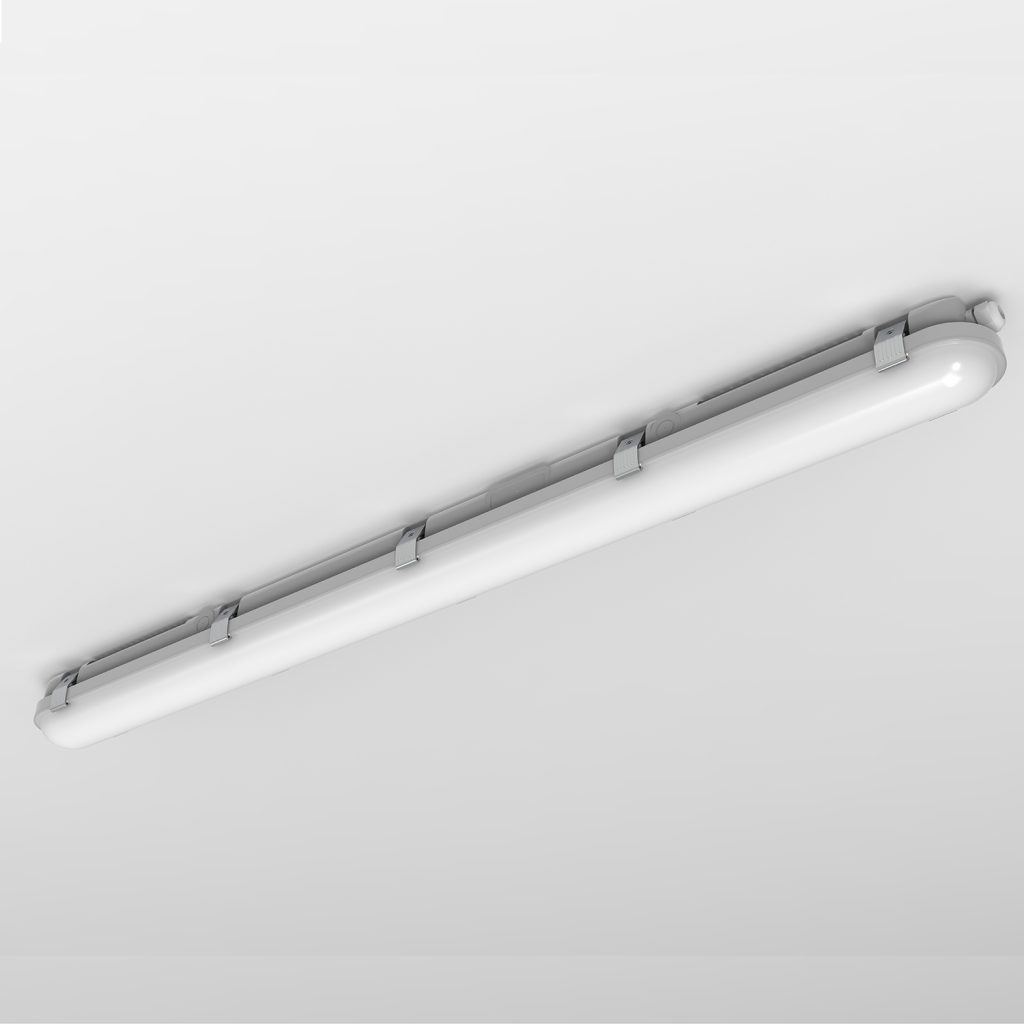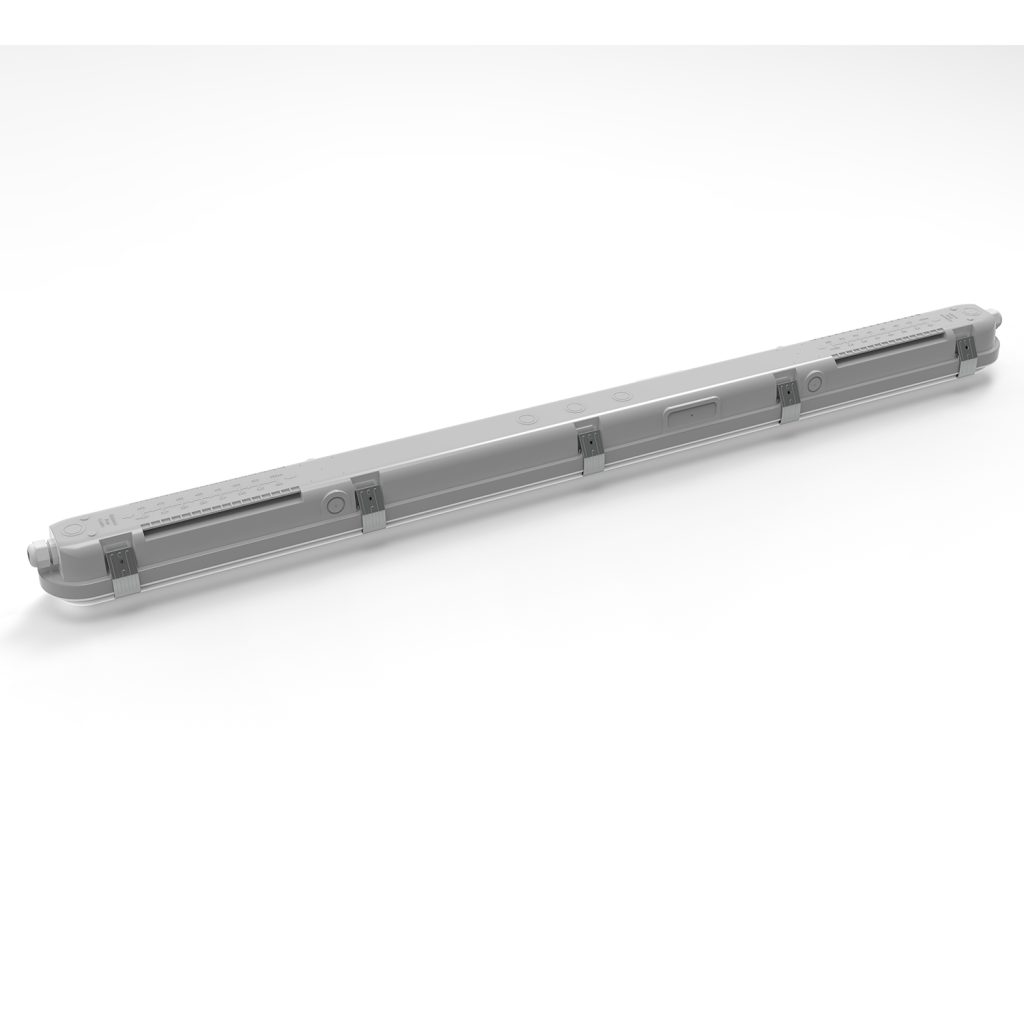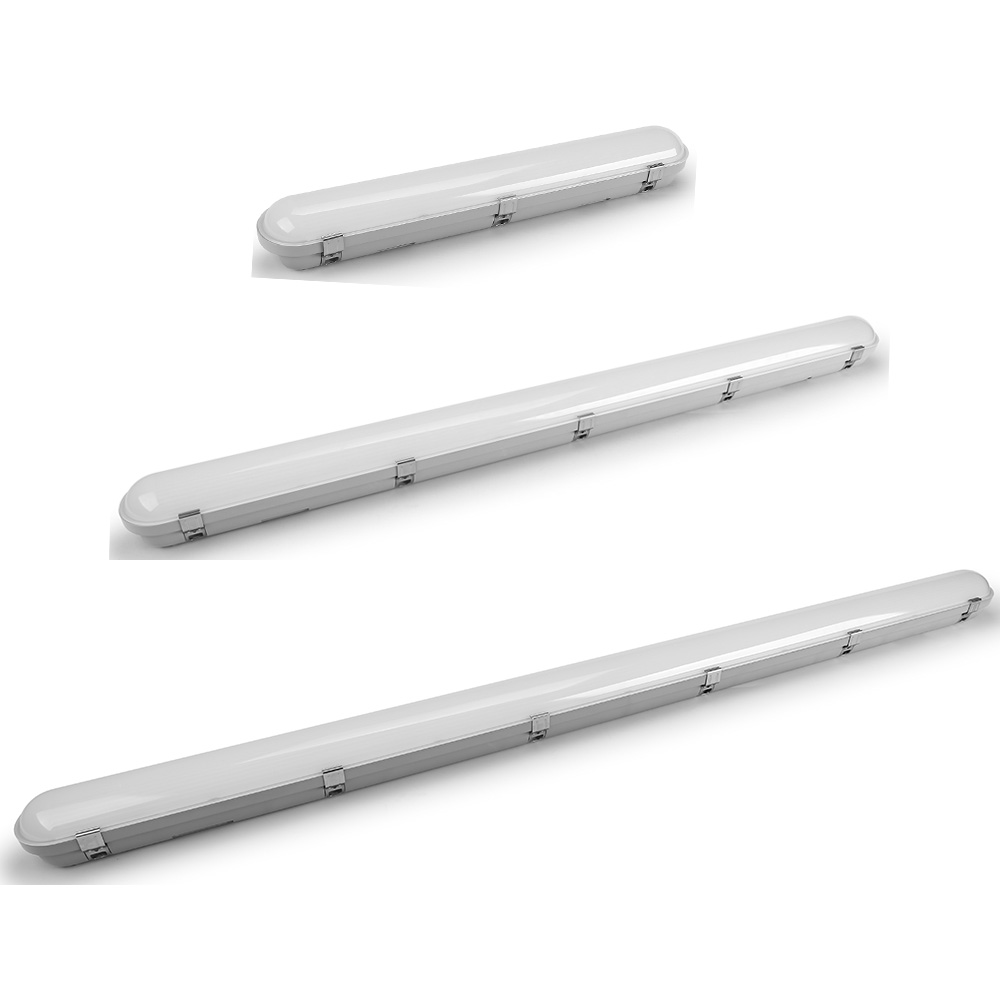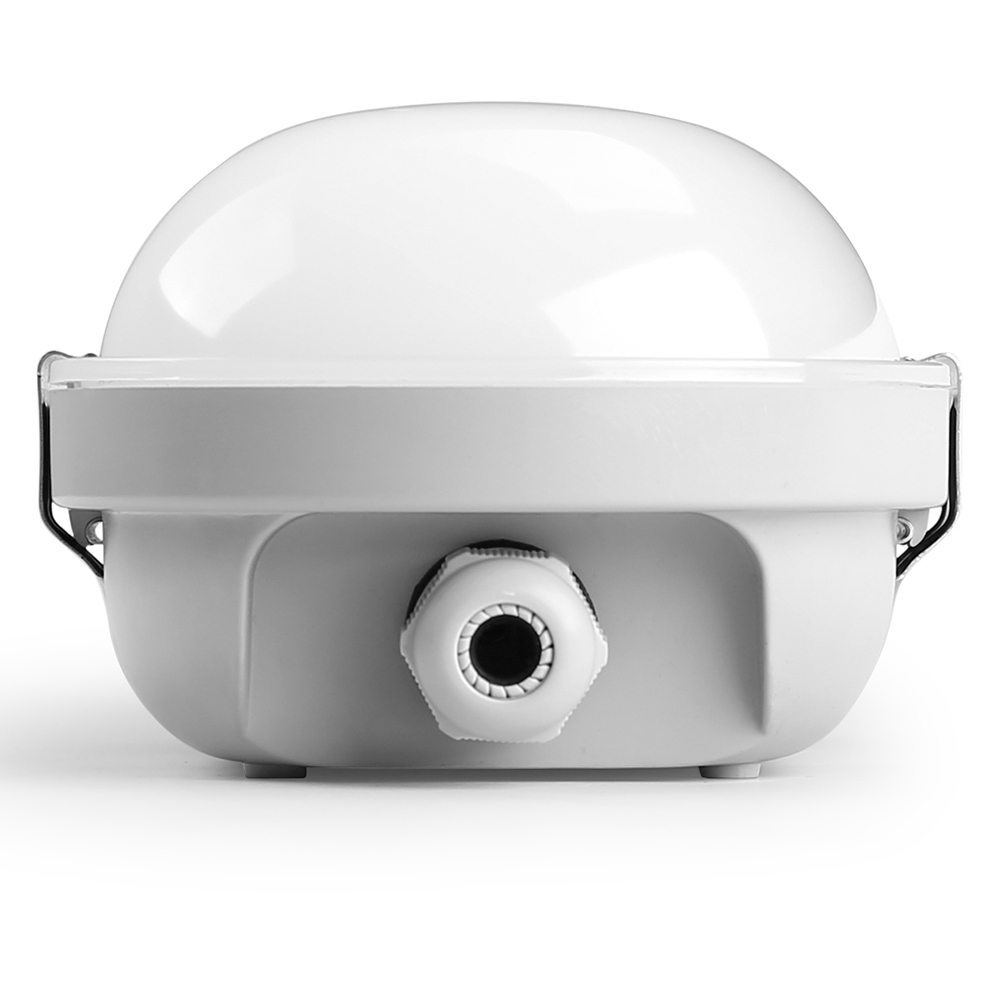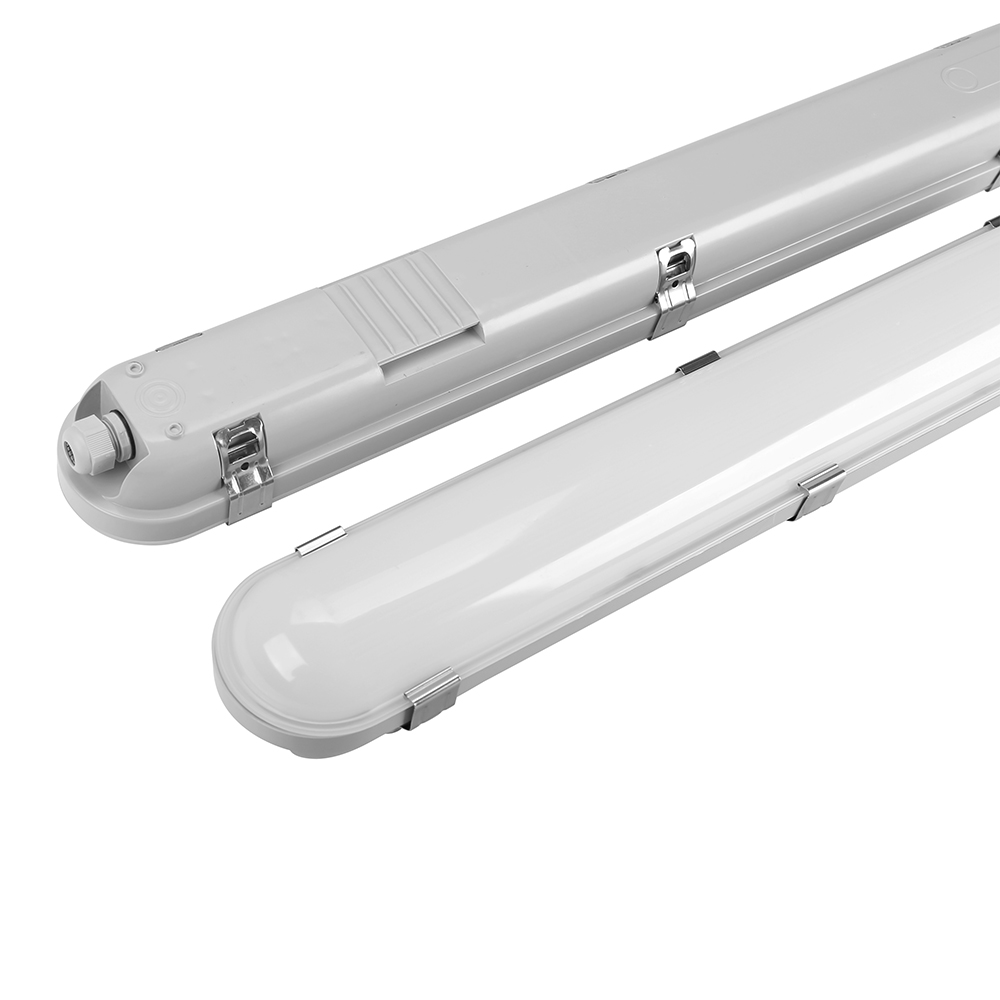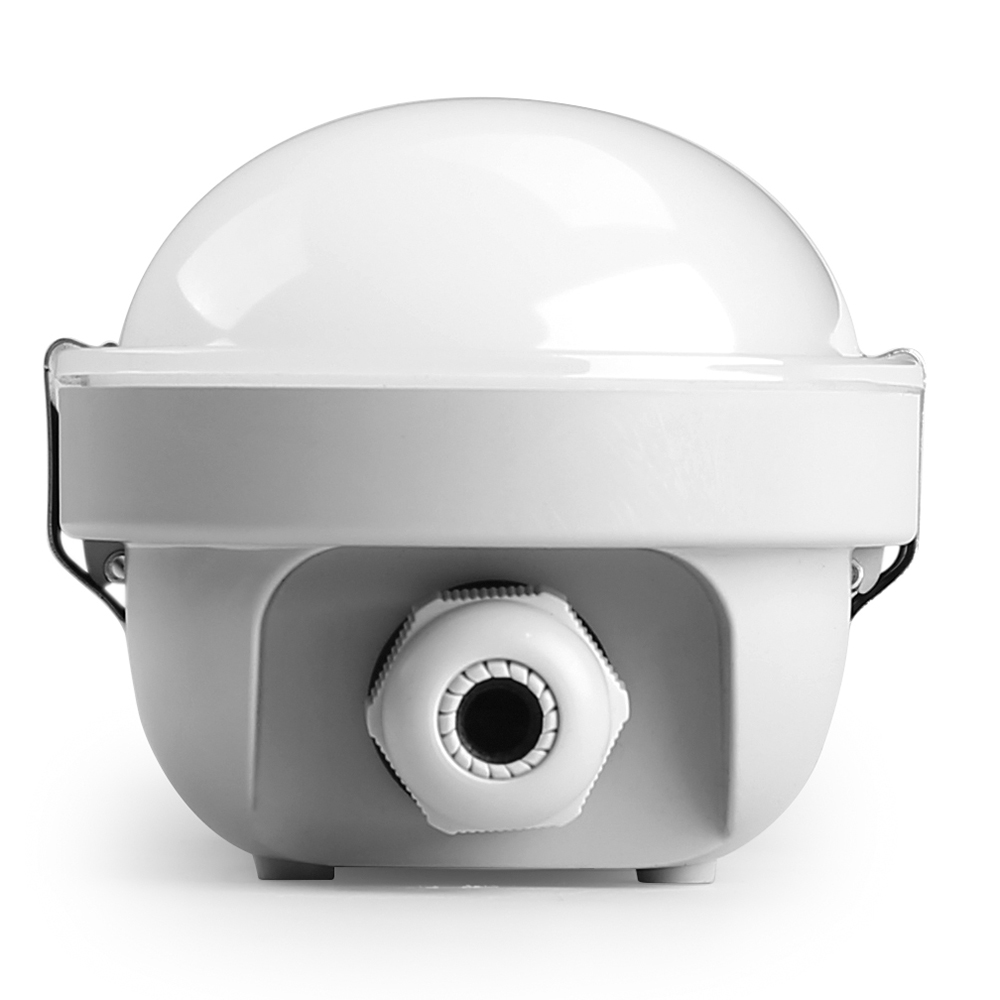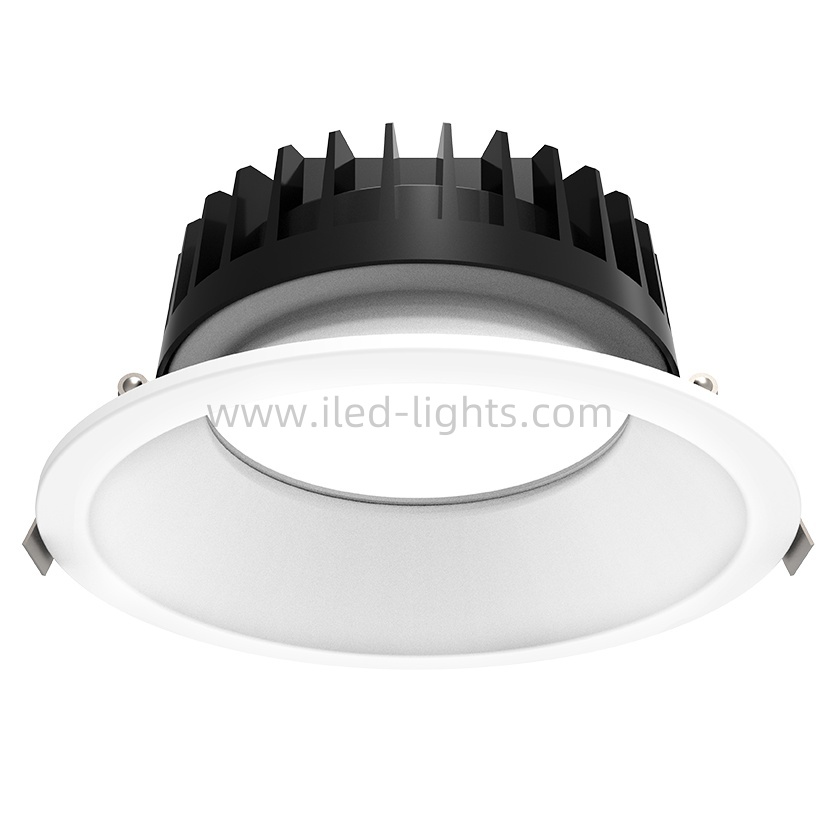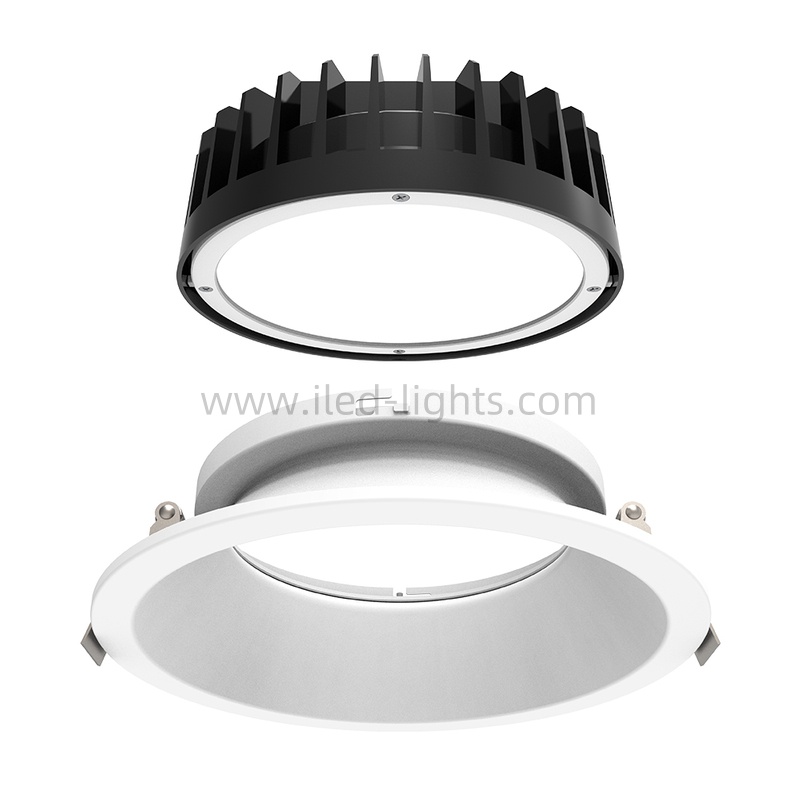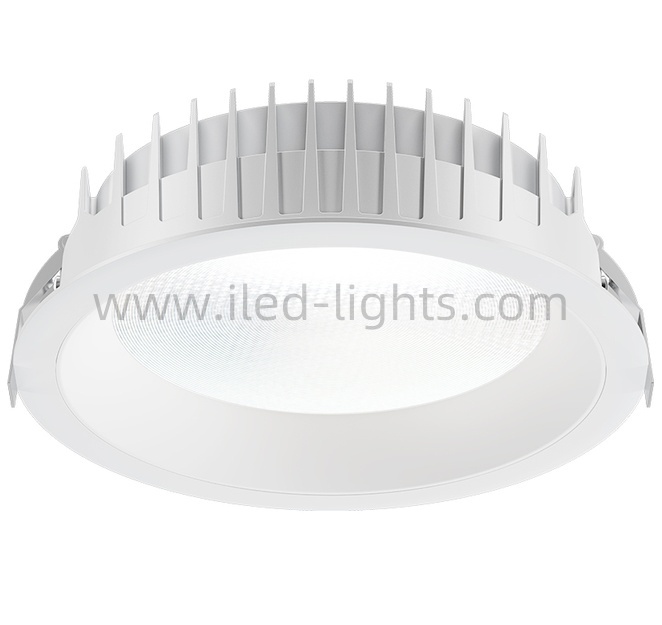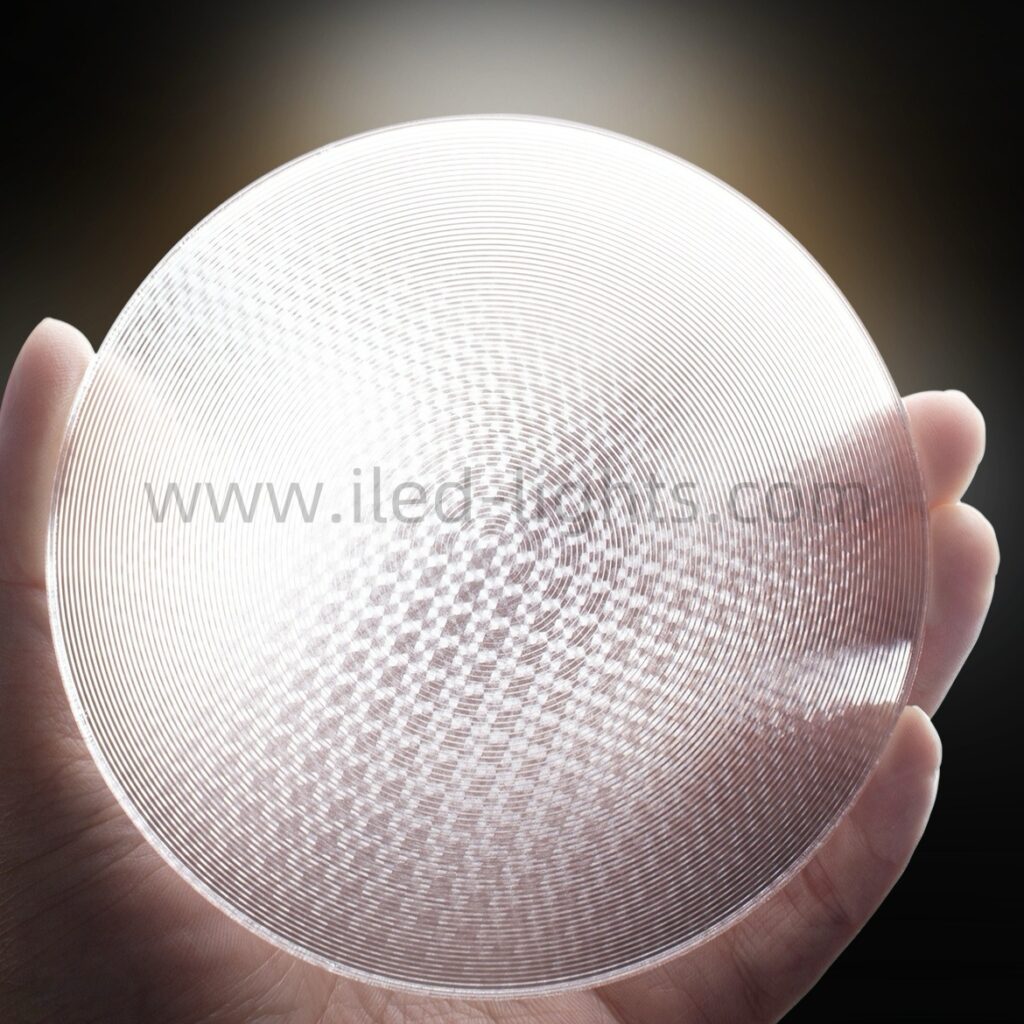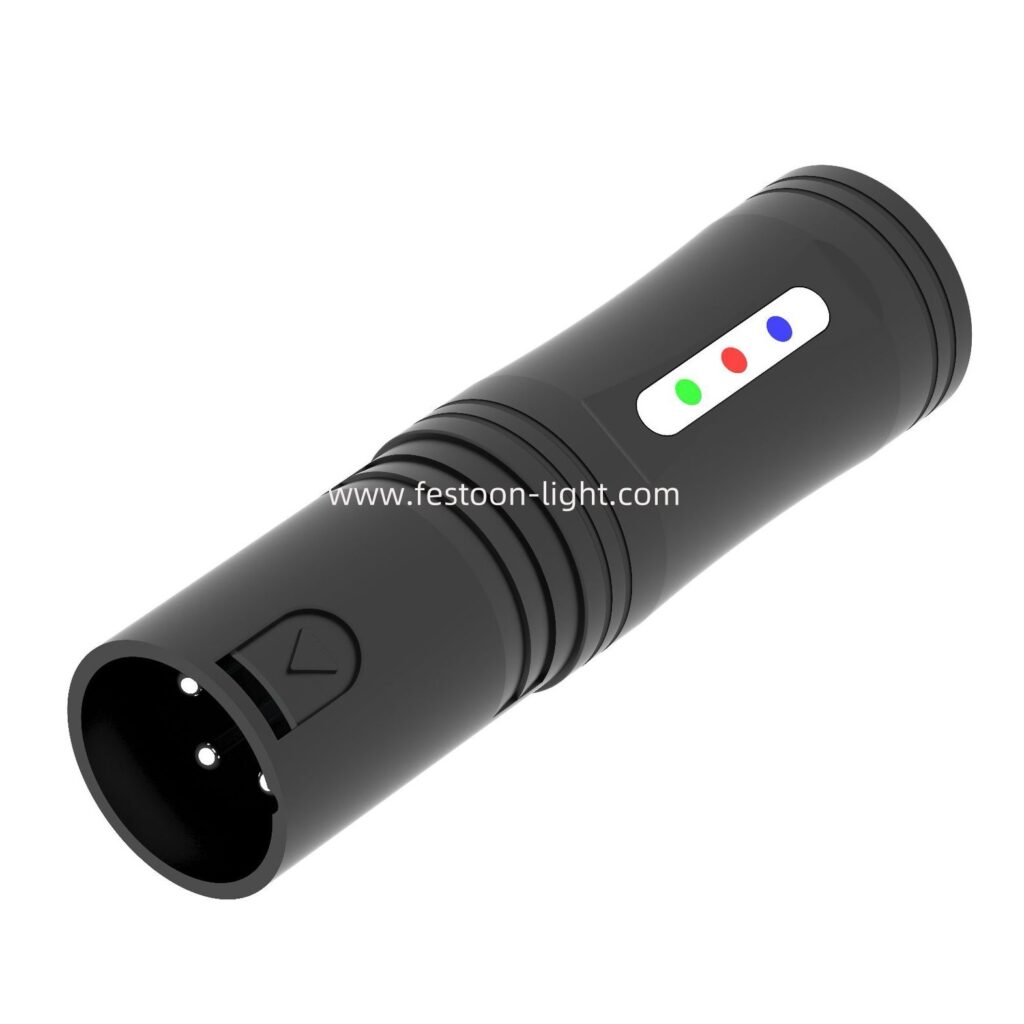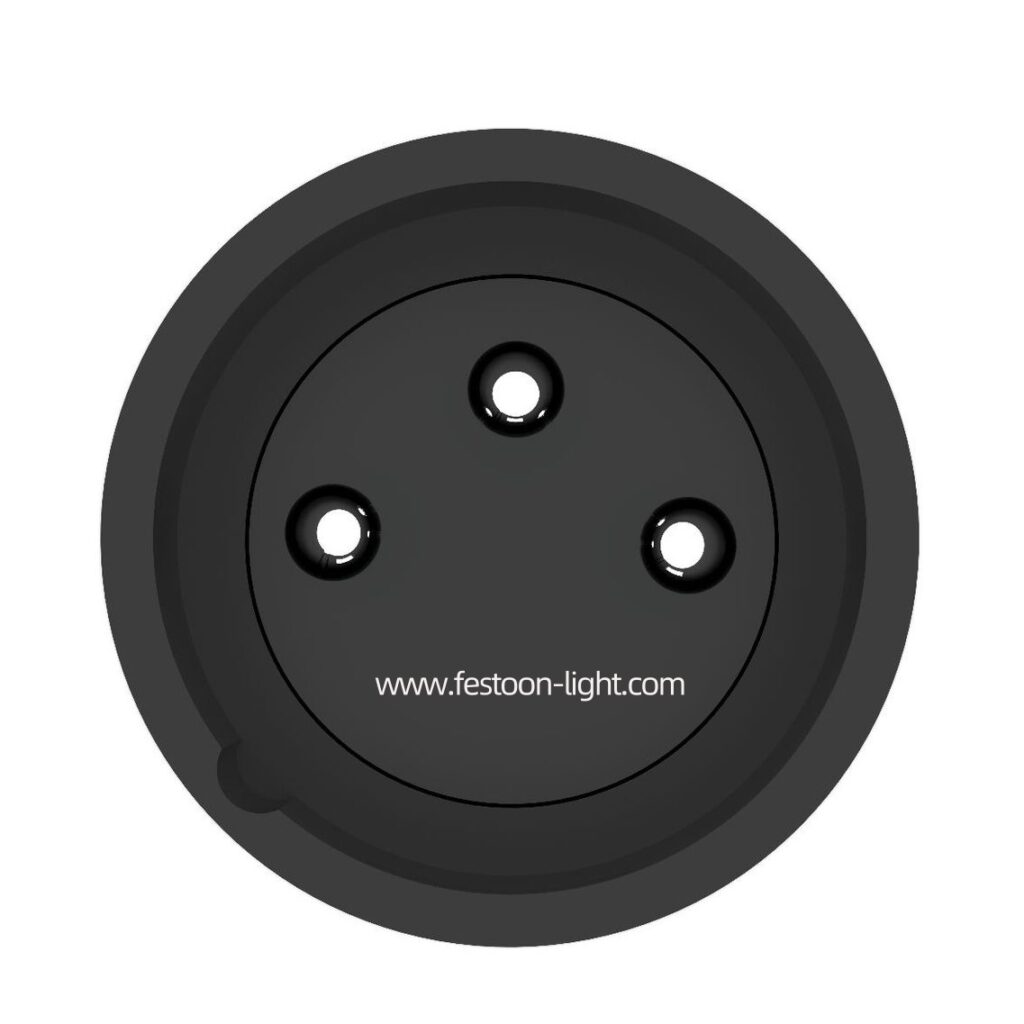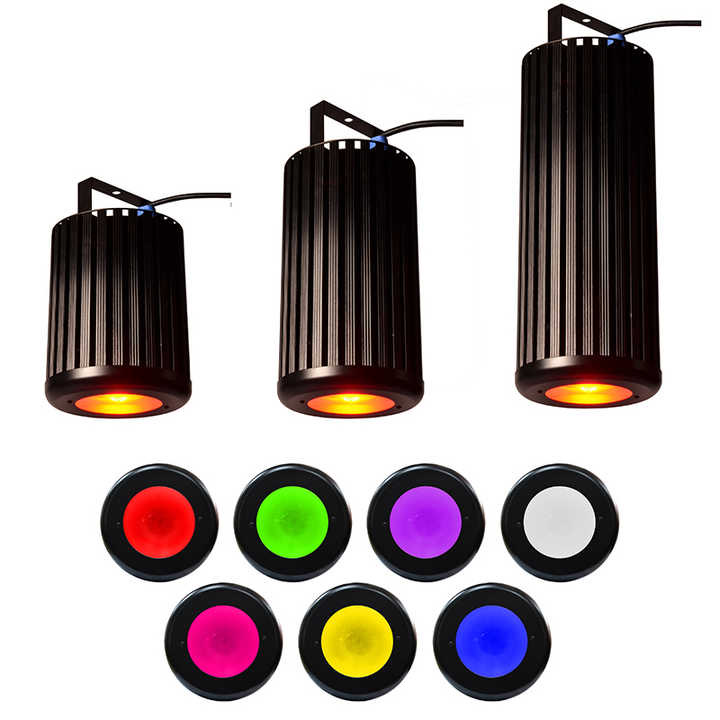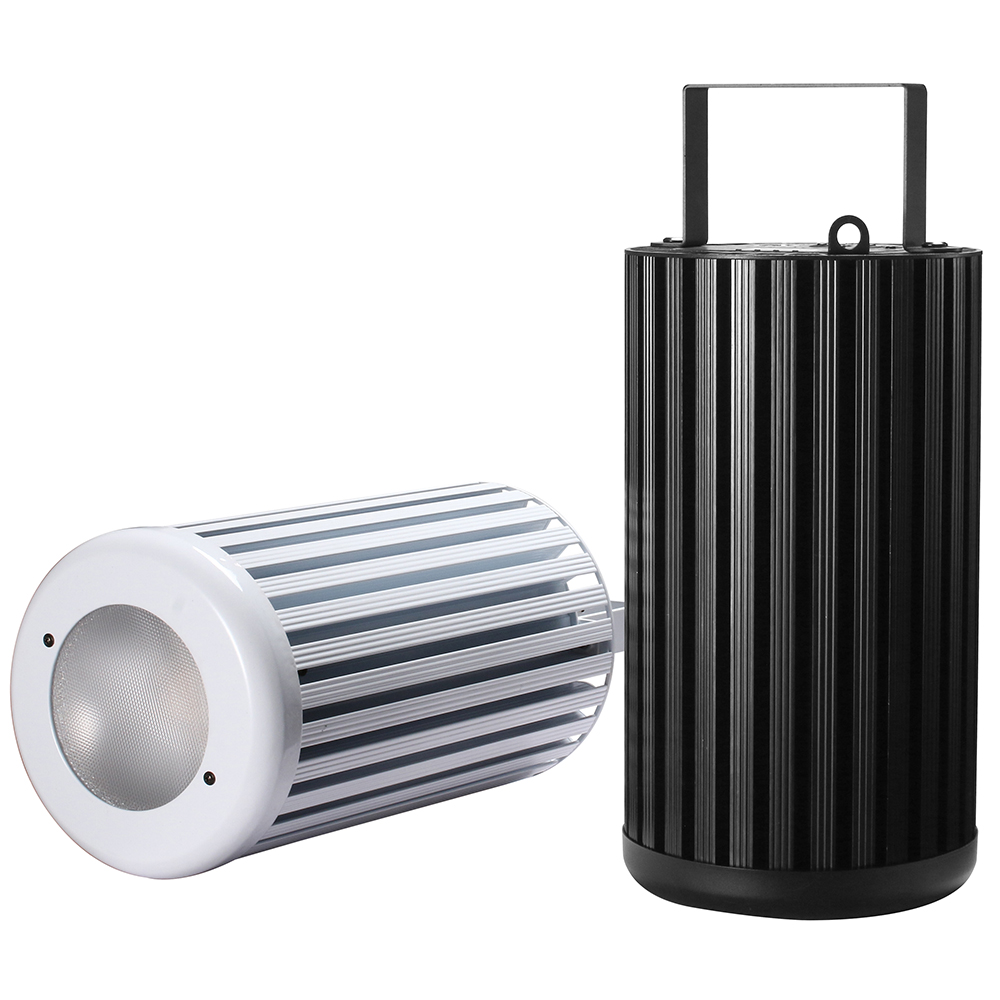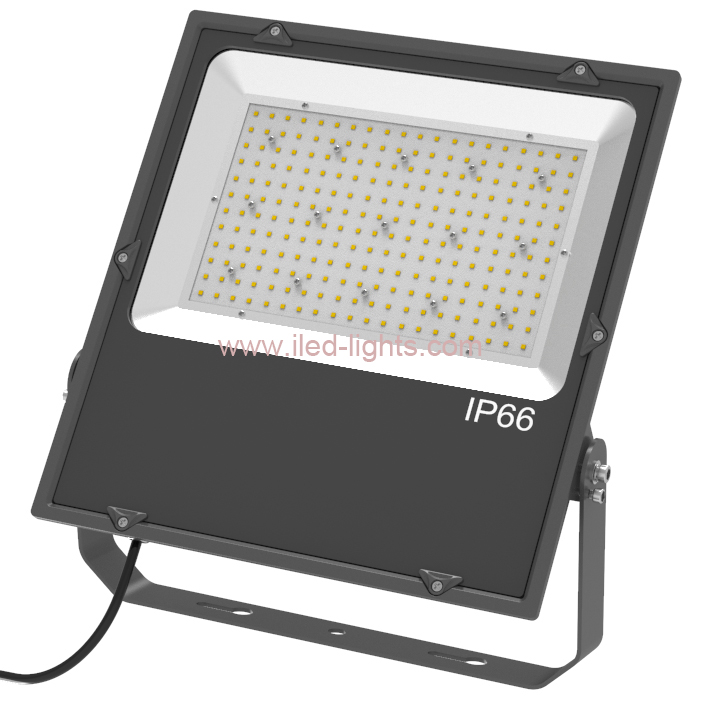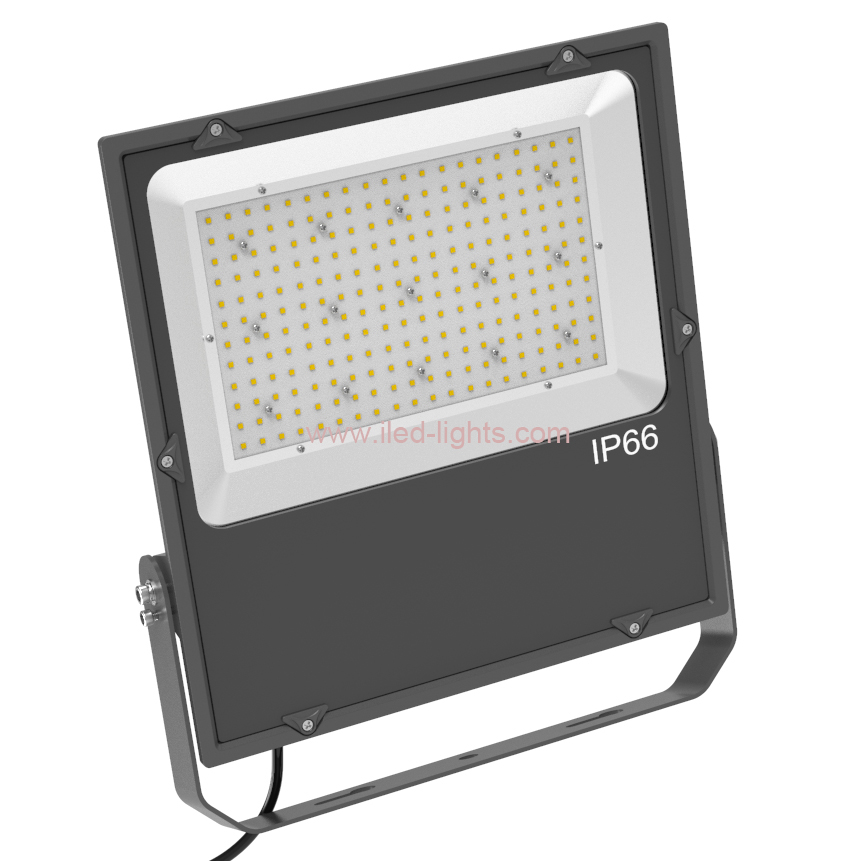1. What is LED junction temperature?
The basic structure of the LED is a semiconductor P-N junction. The experiments indicate that the P-N junction temperature will rise, and when the current flows through the LED element, the strict sense, put the P-N junction region of temperature is defined as the junction temperature of the LED. Usually due element chips having a small size, so we can also be of the LED chip temperature regarded junction temperature.
2. What are the reasons for the LED junction temperature?
LED work prompted the junction temperature rise following five:
A. the element poor electrode structure, the window layer substrate or the junction area of the material and the silver conductive adhesive and so there is a certain resistance value, these resistors barrier added to each other, constitutes the series resistance of the LED element. When the current flowing through the P-N junction, but also flows through these resistors, thereby generating Joule heat, resulting in the chip temperature or junction temperature rise.
B. due to the P-N junction impossible extreme perfect, the injection efficiency of the element does not reach 100%, say, the LED work except P zone to the N area injected charges (holes), N area also injected charge (electrons) to the P region, under normal circumstances, the latter charge injection does not produce the photoelectric effect, and the form of heat consumed. Even if the useful part of the injected charge, not all of them into light, a combining portion of the impurities or defects of the junction region, and will eventually become thermal.
C. Practice has proved that the limit of the light efficiency is the main reason to cause the LED junction temperature rise. Currently, the growth of advanced materials and components manufacturing process will enable the LED vast majority of the input energy is converted into a light radiation, However, due to the material of the LED chip with the surrounding medium, have a much higher refractive index, resulting in the pole chip internally generated most of the photons (> 90%) can not be successfully overflow interface, the total reflection occurs in the chip and the media interface, returns inside the chip, and multiple internal reflections final absorption chip material or substrate, and changes in the form of a lattice vibration into heat, prompting the junction temperature rise.
D. apparently, the heat dissipation capability of the LED element is to determine the high and low junction temperature is a critical condition. Cooling capacity when the junction temperature drops, on the contrary, the cooling capacity junction temperature will rise. As the epoxy adhesive is a material of low thermal conductivity, therefore the heat generated at the P-N junction is difficult to upwardly through the transparent epoxy dissipated to the environment, most of the heat through the substrate, a silver paste, shell and tube, and epoxy adhesive layers, PCB and heat sink downward divergence. Clearly, the ability to conduct heat related materials will directly affect the efficiency of the components of the heat loss. A common type of LED, the total thermal resistance from the P-N junction region to the ambient temperature is between 300 to 600 ° C / w for a power-type LED element having a good structure, the total resistance is about 15 to 30 ℃ / W. The huge differences in the thermal resistance that common type of LED elements only in a very small input power conditions, in order to work properly, the power dissipation of the power components can be big enough to even higher watt level.

LED Juntion Testing
3. Reduce LED junction temperature?
A. reducing the thermal resistance of the LED itself;
B. good secondary cooling mechanism;
C. To reduce the thermal resistance between the LED and the secondary cooling mechanism is installed interface;
D. Control the rated input power;
E. Lower ambient temperature
LED input power is the only source of the heat effect of the element, part of the energy into radiation of light energy, the rest eventually into heat, thereby lifting the temperature of the element. Obviously, the main method of reducing the LED temperature effect, one is trying to improve the electro-optical conversion efficiency of the components (also known as external quantum efficiency), so that as much of the input power into light energy, another important way is to try to improve the components the heat dissipation capacity, so that the junction temperature of the heat generated into the surrounding environment, through various means for distributing.


